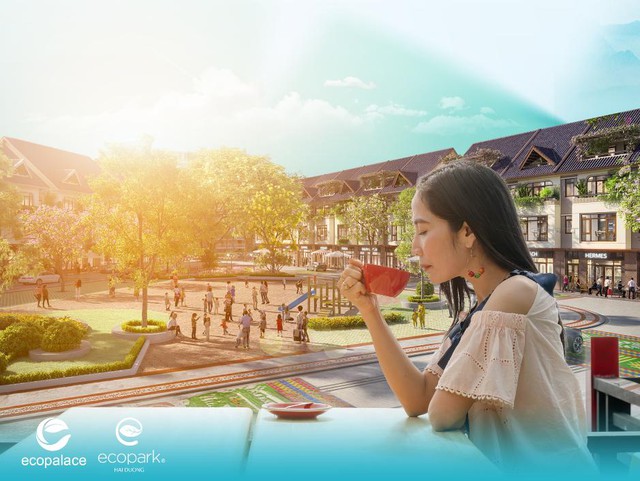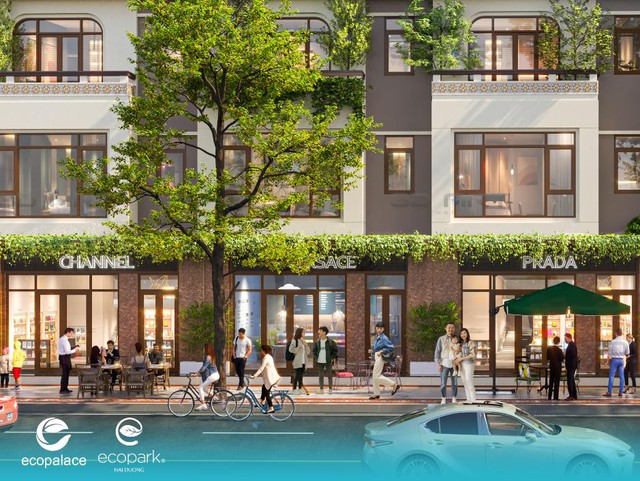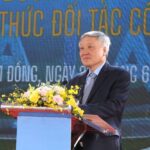Synchronized Urban Development: The Inevitable Trend
In many major cities, the model of spontaneous residential areas has revealed several limitations: a lack of amenities, fragmented infrastructure, and no community spaces. The trend of planning synchronized urban areas that integrate commercial centers, hotels, and residences is considered a sustainable solution.
These new urban areas combine multiple functions: commercial centers, shopping streets, hotels, and high-end residential clusters. Residents don’t have to travel far for shopping, entertainment, or accessing premium services – a key factor in enhancing real estate value and elevating living standards.
Synchronized Urban Development: Dual Benefits for the Community and Investors
For residents, living in a synchronized urban area means having all amenities “within reach”: from shopping, dining, spa, gym, childcare, healthcare, to accommodation services for visiting relatives and partners.
For investors, real estate in synchronized urban areas offers better rental potential and sustainable value growth over time due to stable demand and a civilized community. Market research shows that shophouses or apartments in multifunctional urban areas often achieve 20-30% higher rental yields compared to similar products in isolated locations.
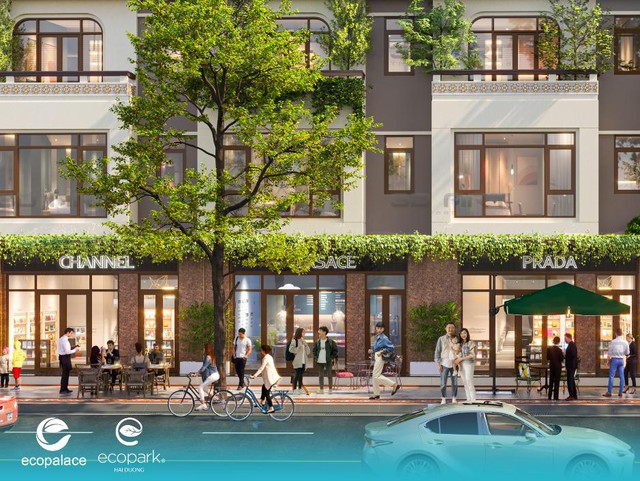
Internal Hotel: Elevating Accommodation Standards
An often-overlooked yet crucial advantage is the presence of a standard hotel within the urban area, which brings numerous benefits. It serves the accommodation needs of experts, partners on business trips, or friends and relatives of residents.
In terms of operation, the internal hotel model enables urban developers to increase service revenue and optimize land efficiency. Moreover, a bustling hotel also contributes to higher foot traffic for nearby commercial streets, cafes, and restaurants.
Pioneering urban areas that integrate internal hotels are currently being prioritized by large-scale real estate enterprises in satellite and new cities.
A Leading Example: Ecopalace Dak Lak – A Synchronized Urban Area with Indochine Style
In the Central Highlands, several pioneering projects are spearheading the synchronized urban development model. Among them, Ecopalace Dak Lak stands out with its comprehensive planning, including a vibrant commercial center, a standard hotel tower, rows of shophouses, and synchronized Indochine-style houses and eco-friendly utilities.
Located on the Mai Hac De – Y Ngong axis, Ecopalace is likened to a “heritage symphony” in the heart of Buon Ma Thuot. All services, from shopping, cafes, restaurants, healthcare centers, kindergartens, and schools, are just a few steps away, creating a green and convenient living standard that the successful Highland community aspires to.
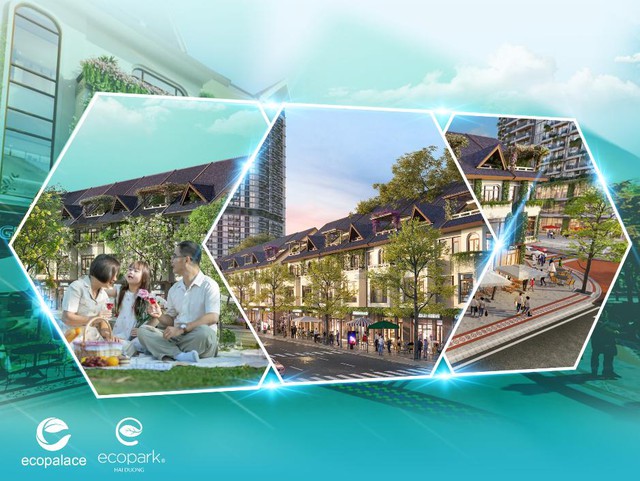
Sustainable Value from Smart Planning
Experts believe that in the context of a rigorous real estate market screening, well-planned projects that integrate multiple functions will retain their value best and be less affected by fluctuations.
The synchronized urban development model not only creates short-term benefits but also safeguards long-term value for both the resident community and investors. This sustainable approach aligns with the “city within a city” trend successfully implemented in many major cities worldwide.
To learn more about Ecopalace Dak Lak – the synchronized urban area that symbolizes the new commercial center, hotel, and residential complex in the mountain city of Buon Ma Thuot, visit ecopalace.com.vn.
